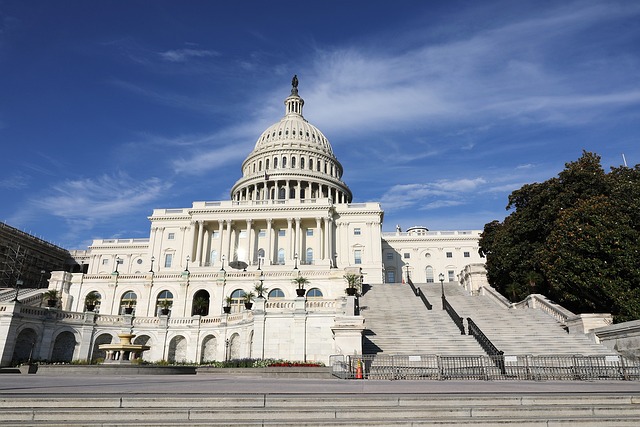From my America Out Loud Pulse podcast with Dr. Jane Orient -https://www.americaoutloud.com/the-superhighway-of-medical-progress-or-the-road-to-nowhere/
I used to enjoy watching medicine changing over the years. When I was an intern, we had to drill holes in the skull to diagnose a subdural hematoma. Now a quick CT scan without surgery gives a world of information. Ultrasound for pregnancy was a new thing. Surgery with the laparoscope (“belly button surgery”) was in its infancy. Now you are hard pressed to see a gallbladder removal done with a full abdominal incision.
I remember the days when humanity in medicine prevailed. You could get around the utilization reviewer’s bright green checkmarks that let you know that it was her opinion that the patient needed to be discharged from the hospital. We could exercise our empathy; the bean counters didn’t control us. I fondly remember letting an elderly patient stay a few extra days through Christmas because his only friend was also in the hospital.
The social changes in medicine are a far different story. It was a true step forward when all medical schools accepted not only women but students of all races. We saw all sorts of patients from many socioeconomic backgrounds, including patients on the prison and wards. We treated all of them to the best of our ability.
Now with schools latching on to this new twisted version of diversity and equality, I worry what happened to people merely treating one another like fellow human beings. What is motivating the rich and powerful to decide that we should be categorized in perpetuity by race instead of our individual characteristics? Divide and conquer comes to mind.
And what happened to the concept of not harming patients? What caused medicine to ignore science and like trained seals, agree that men can be women?
What caused educate persons to fall in line with grammatically incorrect and sometimes bizarre pronouns? Take for example, Dr. Jane Orient’s biography at Healthline.com: “Dr. Jane Orient, MD is an Internal Medicine Specialist in Tucson, AZ. “They” [emphasis added] specialize in Internal Medicine, has 47 years of experience, and is board certified in Internal Medicine.” I seriously doubt that wording was approved by Dr. Orient. Not only is she a she, ‘they’ is grammatically incorrect.
Bio
Dr. Jane Orient is the Executive Director of Association of American Physicians and Surgeons, a voice for patients’ and physicians’ independence since 1943. She has been in solo practice of general internal medicine since 1981 and is a clinical lecturer in medicine at the University of Arizona College of Medicine. Dr. Orient received her undergraduate degrees in chemistry and mathematics from the University of Arizona, and her M.D. from Columbia University College of Physicians and Surgeons. Dr. Orient’s op-eds have been published in hundreds of local and national newspapers, magazines, internet, followed on major blogs and covered in the Wall Street Journal and New York Times as well as several novels and non-fiction books, including Sapira’s Art and Science of Bedside Diagnosis in its fourth printing.
Association of American Physicians and Surgeons site: https://aapsonline.org/
Dr. Orient’s nonfiction and fiction writings: https://www.janemorient.com









